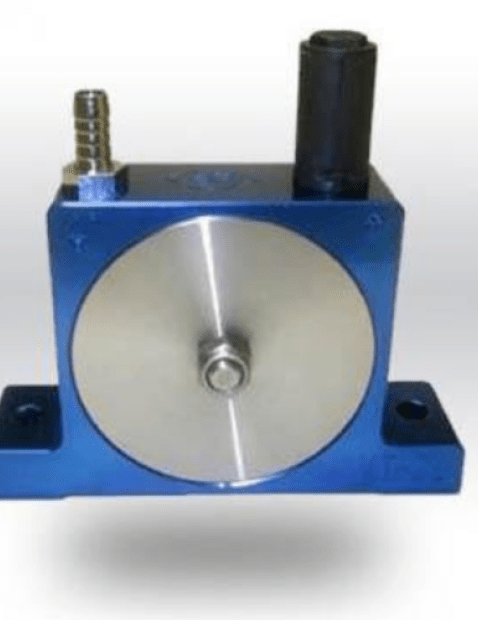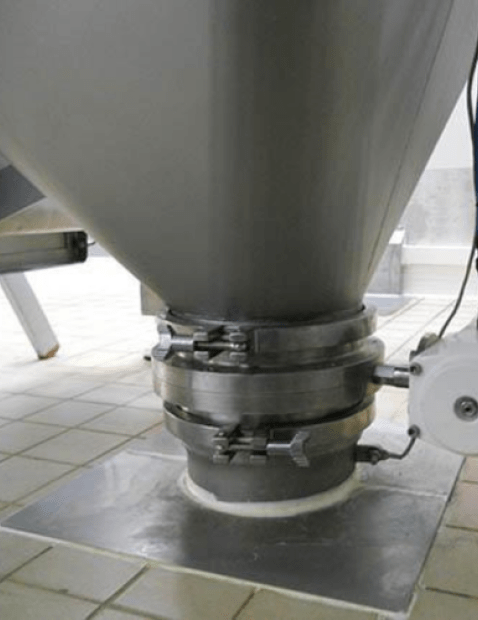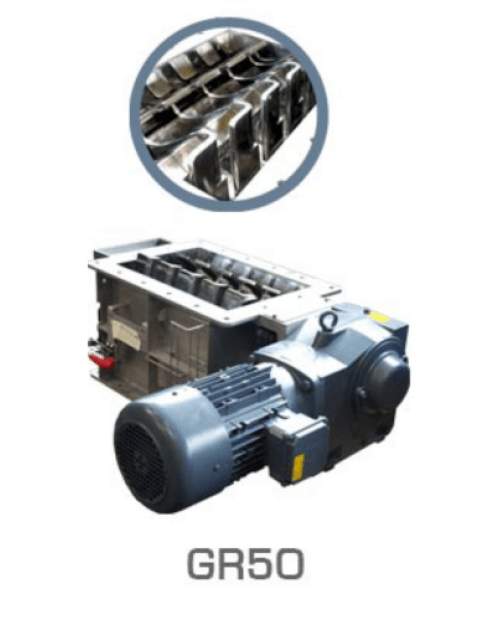
- 1. Where does urea come from?
- 2. How is AdBlue made?
- 3. We call it AdBlue, DEF (or Diesel Exhaust Fluid - DEF), ARLA32, AUS32 but what is the difference between all these names?
- 4. Why add urea in our engines, in our fumes? What is AdBlue used for?
- 5. Is there a difference between agricultural urea, urea for the treatment of plant exhaust and automotive grade AGU?
- 6. I am a heavy user of urea solution; can I produce it myself? Is it profitable?
We see this blue cap tank presence increasing on our new vehicles. We refuel when our car, tractor or truck asks us to do so, but why? Why add urea to our engines? Where does urea come from? It is called AdBlue, DEF (or Diesel Exhaust Fluid - DEF), ARLA32, AUS32 but what is the difference between all these names? Is there a difference between agricultural urea, urea for treating power plant fumes and automotive grade AGU? I am a heavy user of AdBlue, can I produce it myself? Is it profitable? So many questions that deserve an answer.
In just a few years AdBlue has become the most important fluid in the transport industry after fuel. It is essential for the operation of cars, tractors, trucks and even trains and boats. It is also used in thermal power stations, generators or factories. This synthetic liquid is good for the environment.
1. Where does urea come from?
AdBlue is composed of 32.5% urea and 67.5% demineralized water. Invented in 1828, Urea is a synthetic product derived from ammonia. BASF was the first company to produce urea industrially in 1922. Urea is also naturally present in human and animal urine. The urea is then transformed into a pellet or granule that can be used in agriculture or for the manufacture of AdBlue.
2. How is AdBlue made?
AdBlue is an aqueous solution of urea. To make it, you need water and urea. The water is first extensively treated to remove any impurities and achieve low conductivity. This extensive demineralization process can be carried out by reverse osmosis. The urea is then introduced into the water at a rate of 32.5 kg of urea for 67.5 kg of water, or a ratio of 32.5% urea. The mixture can then be transferred to a storage tank or directly packaged in a can, barrel, an IBC or even in a tanker. AdBlue must be manufactured according to ISO 22241. The AdBlue brand itself is owned by the German Association of the Automobile Industry (VDA). It is this association which follows the update of the DIN 70070 standard, and of the ISO 22241 standard, governing the manufacture of AdBlue.
A urea solution for the treatment of industrial fumes may have a different composition: 36% or 40% urea for example. In this case, the ISO 22241 standard is no longer followed.

3. We call it AdBlue, DEF (or Diesel Exhaust Fluid - DEF), ARLA32, AUS32 but what is the difference between all these names?
- The AdBlue® brand is owned by the German Automobile Industry Association (VDA).
- DEF / Diesel Exhaust Fluid is a generic term used in the United States.
- ARLA32 (Agente Redutor Liquido de Óxido de Nitrogênio Automotivo) is a generic term used in South America.
- AUS32 is the generic term used for all urea solutions manufactured in accordance with ISO22241.
All of these names relate to urea solutions that can be used in road vehicles.
In the treatment of industrial fumes, urea solutions are used. They do not necessarily meet the international standard.

Do you want to produce AdBlue? I am available
to advise you and accompany you in your study.
Tarik, urea expert
4. Why add urea in our engines, in our fumes? What is AdBlue used for?
Urea is injected into the exhaust gases and fumes. In diesel engines, we speak of SCR - Selective Catalytic Reduction (SCR in English) and in the treatment of fumes of RNCS - Selective Non-Catalytic Reduction (SNCR in English).
These two methods have the same goal: to convert nitrogen oxides in emissions into harmless gases. Thus, the addition of urea in the exhaust transforms these nitrogen oxides (Nox) into water and nitrogen (gas representing 4 / 5ths of the air we breathe).
NoX + CO(NH2)2 = H2O + N2
This allows manufacturers to meet the most stringent emission standards such as the EURO6 standard for cars.
5. Is there a difference between agricultural urea, urea for the treatment of plant exhaust and automotive grade AGU?
Agricultural urea is used as a fertilizer. It is the most widely used fertilizer in the world.
Higher quality industrial grade SNCR urea can be used in solutions. It allows the treatment of fumes from thermal and biomass power plants.
Automotive Grade Urea (AGU) is the purest urea. It enables the manufacture of AdBlue, DEF, AUS32 and ARLA32 with industrial lines or integrated AdBlue manufacturing skids.
6. I am a heavy user of urea solution; can I produce it myself? Is it profitable?
To answer these questions, you need to analyze your monthly urea consumption.

Beyond several tens of cubic meters of urea, the question deserves to be asked. There are standard AdBlue manufacturing units, very easy to use, such as the PalBlue Skid®, allowing a daily production of 15m³ or 30m³ of urea or AdBlue.
From 70m³ per day of urea, it is necessary to switch to complete units permanently installed such as PalBlue Process® installations. These two systems are industrial grade and automotive grade compatible for the manufacture of AdBlue.
The advantage of Skids lies in their speed of installation, because they are fully delivered and assembled in sea containers. On the other hand, their maximum flow rate of 30m³ per day may be limited for very large consumers.
The advantage of permanently installed processes is their very high capacity as well as their complete automation.



















